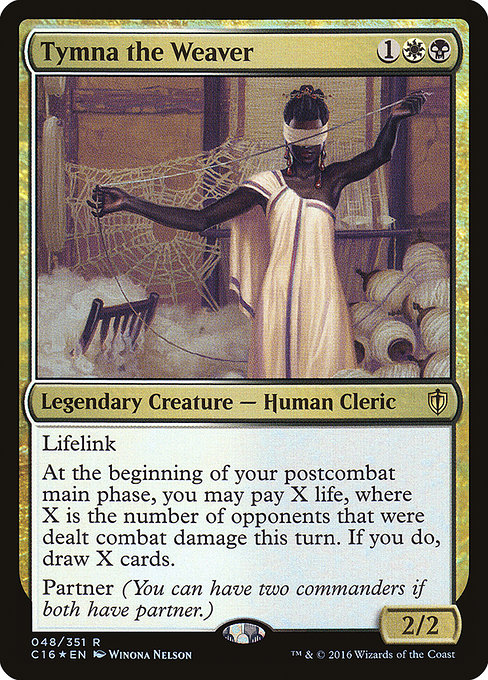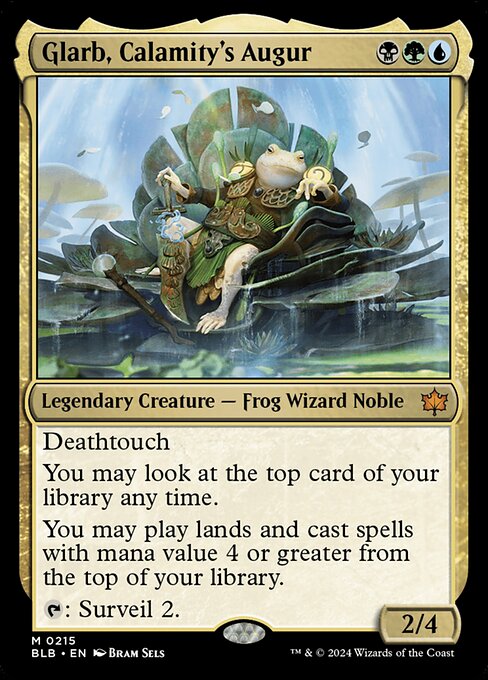Deck & Commander Strategies
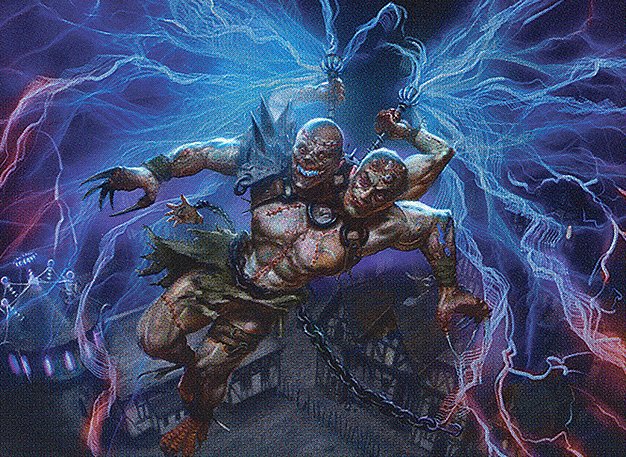
Kraum, Ludevic's Opus
Leverages card draw from combat damage and spells, focusing on a tempo and damage-based approach with supporting artifacts and spells to control the board and generate advantage.

Tymna the Weaver
Utilizes aggressive creature-based strategies and card draw from combat damage, supported by tutors and artifact ramp to assemble powerful combos and maintain hand advantage.
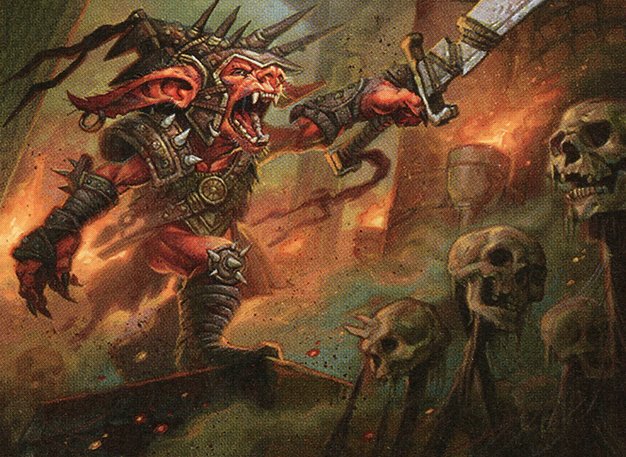
Rograkh, Son of Rohgahh
Aims to maximize damage output through combat and spells, using land tutors and ramp to accelerate aggression and deploy big threats quickly.
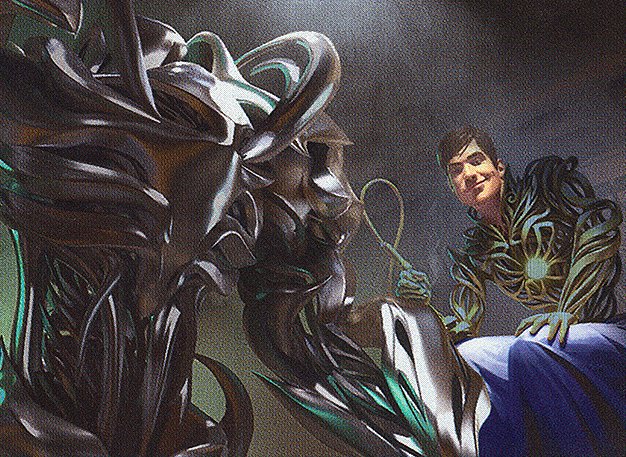
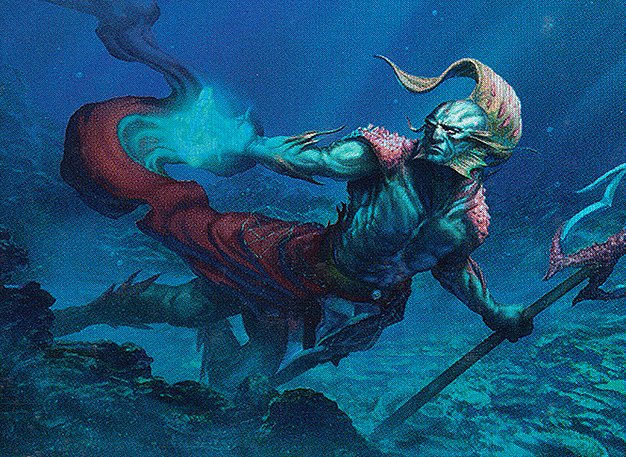
Silas Renn, Seeker Adept + Thrasios, Triton Hero
Combines artifact synergy and card advantage engines, focusing on value generation through artifact recursion and powerful blue-green spells to control the game and set up combos.

Glarb, Calamity's Augur
Focuses on sacrificing creatures and generating tokens to fuel value engines, exploiting graveyard interactions and ramp to outpace opponents and close out games with overwhelming board presence.
Gameplay Insights
- 1
The presence of multiple Rhystic Studies forced players into difficult decisions about whether to pay mana or allow opponents to draw cards, significantly impacting tempo and resource management.
- 2
Early use of tutors like Mystical Tutor and Enlightened Tutor allowed players to fetch key combo pieces and removal, accelerating their game plans.
- 3
Strategic use of artifact ramp (e.g., Lotus Pedal, Chrome Mox, Lion's Eye Diamond) enabled explosive early turns and helped players maintain mana flexibility for spells and responses.
- 4
Notion Thief was a pivotal play to capitalize on opponents' draw triggers, turning card advantage into a decisive edge.
- 5
The interaction between draw engines and taxing enchantments created a dynamic board state where mana management and timing of spells were crucial for staying ahead.
Notable Cards
-
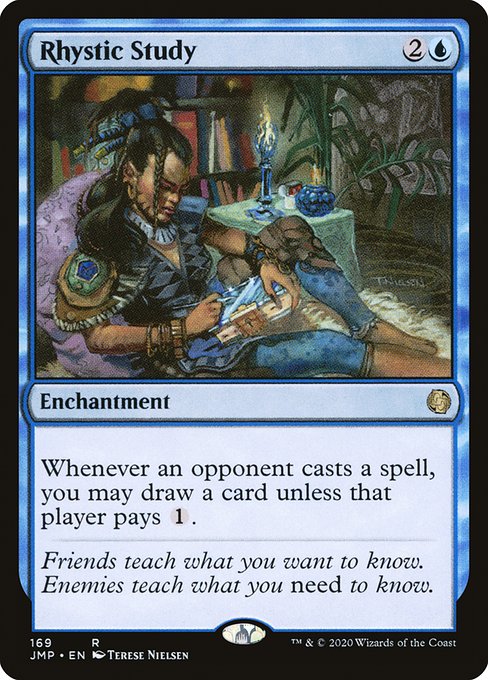
Rhystic Study
-
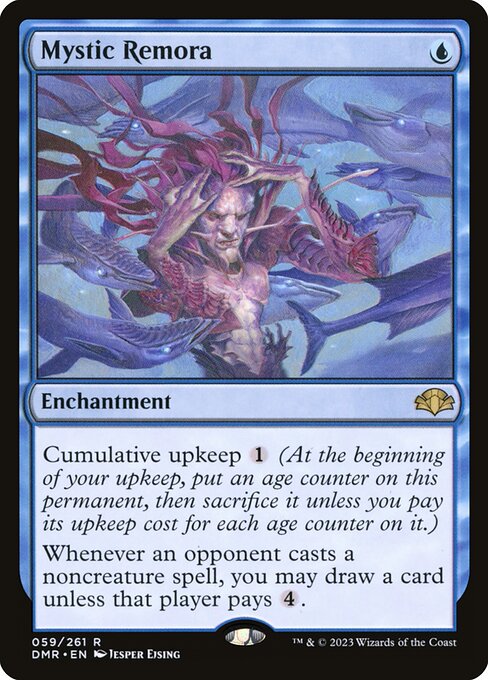
Mystic Remora
-

Crop Rotation
-

Mystical Tutor
-
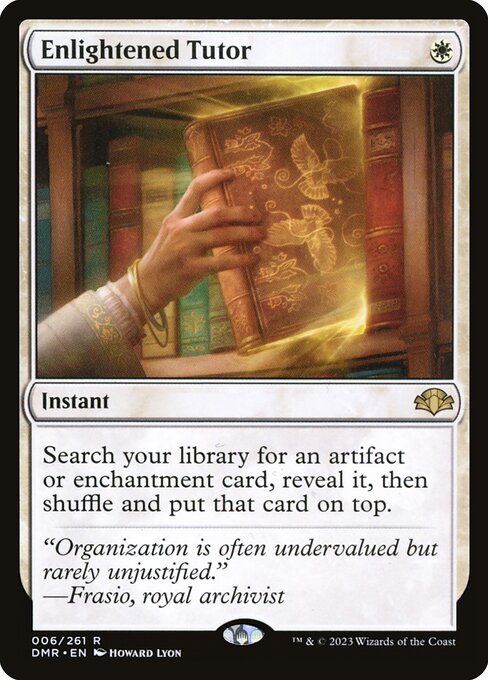
Enlightened Tutor
-
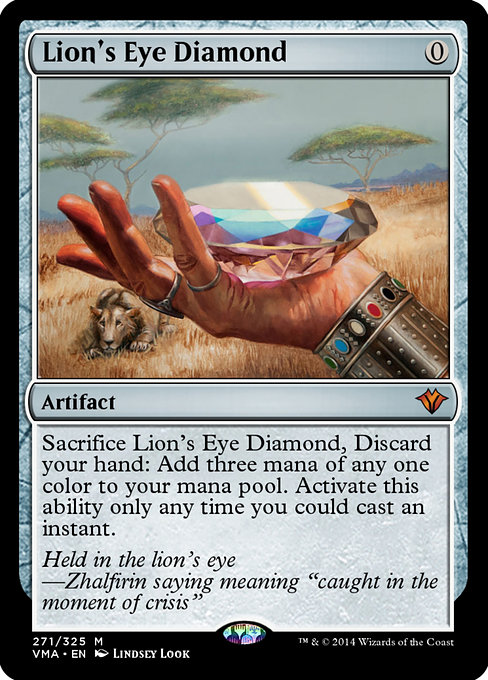
Lion's Eye Diamond
-

Chrome Mox
-
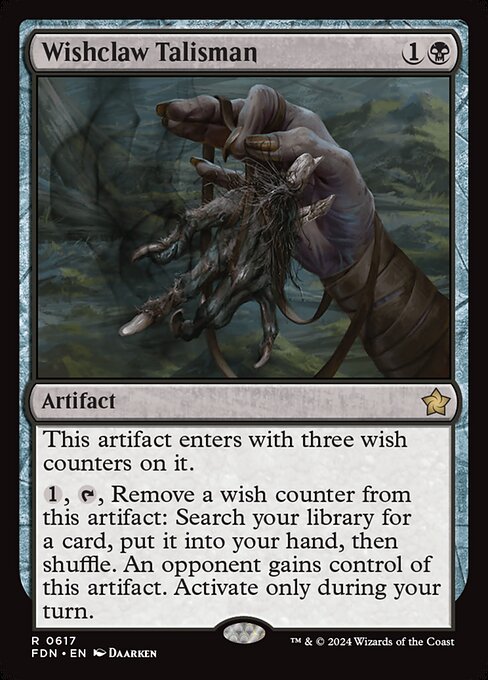
Wishclaw Talisman
-

Arcane Signet
-

Notion Thief
-
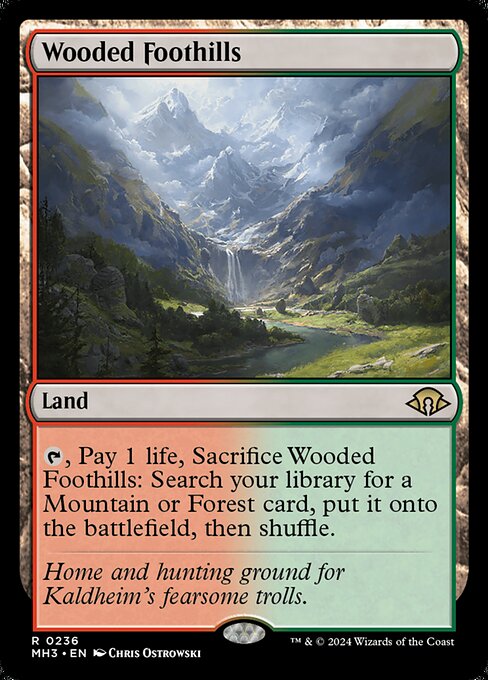
Wooded Foothills
-
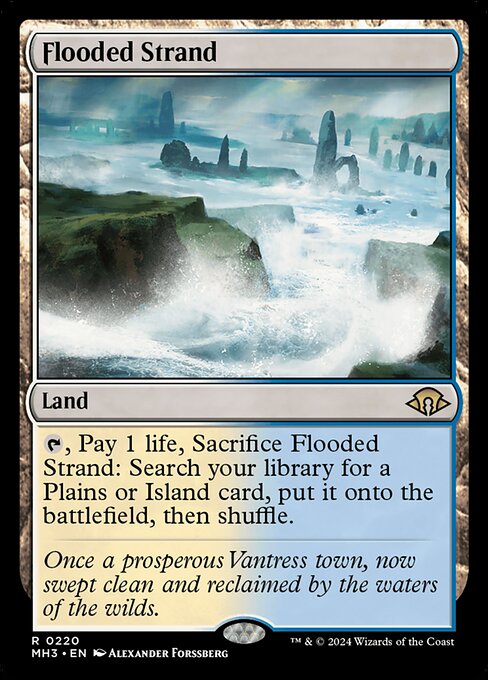
Flooded Strand
-
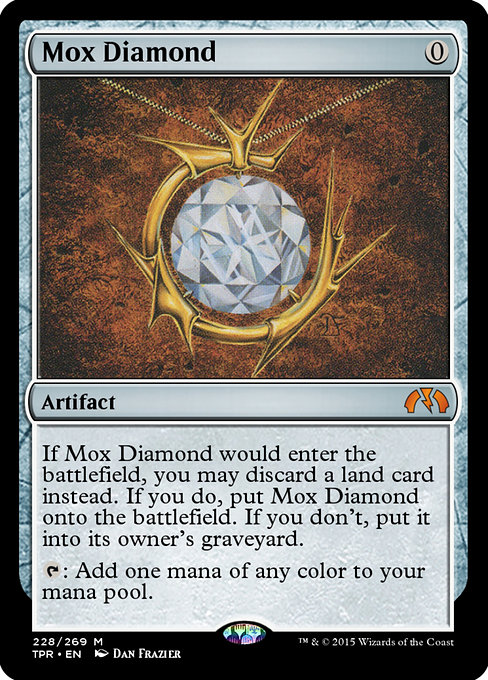
Mox Diamond
Gameplay Summary
The game started with all players establishing strong early mana bases and deploying key draw engines like Rhystic Study and Mystic Remora to gain card advantage.
Early turns featured ramp spells such as Mox Diamond, Lotus Pedal, and Soul Ring, enabling players to accelerate their game plans quickly.
The interaction of multiple Rhystic Studies and other taxing cards created a dynamic where players had to carefully decide whether to pay to avoid card draw or let opponents draw more cards.
Key plays included the use of tutors like Mystical Tutor and Enlightened Tutor to set up powerful spells and combos.
As the game progressed, players leveraged their commanders' unique abilities and artifacts such as Lion's Eye Diamond and Chrome Mox to generate explosive turns and maintain pressure on opponents.



